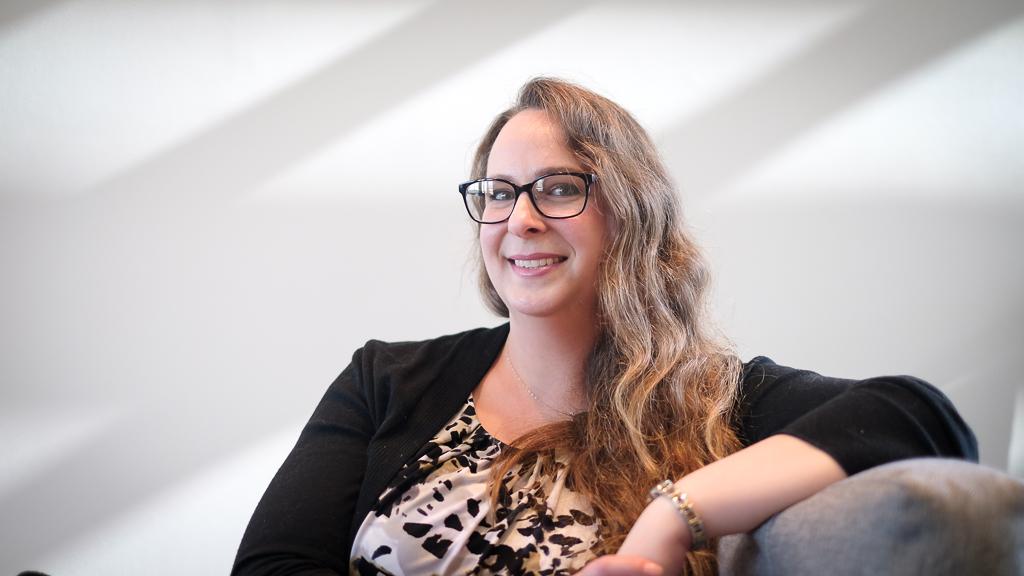Five Questions for the New Assistant Curator of Photography and New Media
The former Capital Group Foundation curatorial fellow started her new role in December 2019 to further advance the Cantor’s vision of a 21st-century museum.

The former Capital Group Foundation curatorial fellow started her new role in December 2019 to further advance the Cantor’s vision of a 21st-century museum.
Lately I’ve been thinking about how great it would have been to meet Robert Heinecken (1931–2006). Heinecken pushed the boundaries of the medium of photography. I like his idea of “analytical facture,” which refers to choosing a medium or artistic process based on how well it’s suited to working through a particular concept.
Process informs content as much as—and sometimes more than—subject matter.
I am most excited about existing formats being used in new ways. In photography, for instance, since digital processes have threatened to make analog photography “obsolete,” there has been a resurgence of artists using not only 20th- but also 19th-century photographic processes, often in unusual and exciting ways. I am interested in exploring how innovations in emerging technologies also lead to innovations in existing technologies and how both reflect contemporary life.
It would be neat to teach an interdisciplinary course on the materiality of medium. We would read theory and criticism, like Clement Greenberg’s argument for medium specificity, alongside texts from chemistry, geology, and environmental studies that explain the materials that comprise artistic mediums, and their impact on human life and the environment. It’s important that artworks are objects that exist in the world and are part of economies of material and labor.
Technologies like virtual reality (VR) are already being used to create art that we experience in newly immersive ways. VR and 3-D imaging will also allow more people all over the world to see artworks in great detail on the Internet. The appeal and value of viewing original artworks in person will never disappear, though, and the fundamental role of art to express and interpret the human condition will remain the same.
Alex Nemerov’s Silent Dialogues is what I’m reading at work. It’s about the photographer Diane Arbus and her brother, Howard Nemerov, the poet. At home, I just finished Where the Crawdads Sing by Delia Owens, which is a heartbreaking novel about loneliness and the balm of nature, learning, art, and poetry.